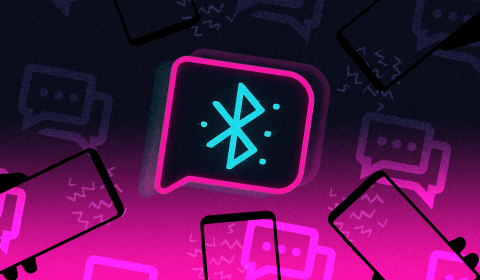The thin white clouds that linger behind planes are called contrails, and they’re a significant contributor to flying emissions. Here’s how Google AI is finally helping to address the problem.
The small white clouds left behind by airplanes are called contrails – short for condensation trails – and they’re responsible for a third of all global warming tied to the aviation industry.
Forming when planes fly at high altitudes through humid air, water vapour and exhaust soot combine to create ice crystals which can linger for up to 10 hours. All the while, trails stretching huge lengths across the sky are trapping heat within the atmosphere.
For these reasons, as commercial airliners are forced to reckon with their carbon footprints and plot for net zero, curtail avoidance is becoming an increasingly important consideration.
‘We’ve demonstrated that contrail avoidance may be one of the most cost-effective climate solutions, not only for the aviation industry but also for the economy as a whole,’ says Juliet Rothenberg of Google AI, which has just rolled out an innovative tool to help.
The tech giant spent weeks collecting thousands of satellite images of curtails which they compiled with open source data from Breakthrough Energy.
All the information was then fed into Google’s AI machine learning model to develop prediction models of where curtails could occur along specific flight paths.




















